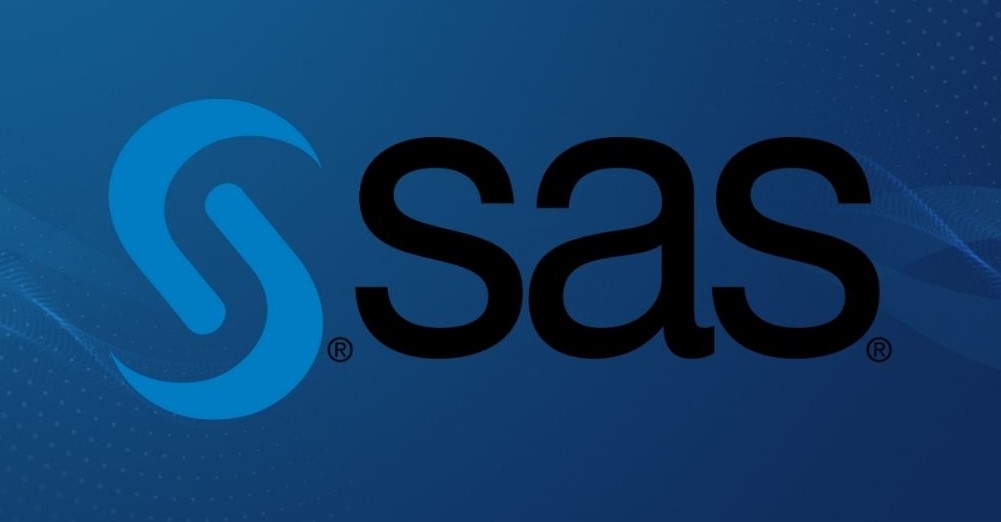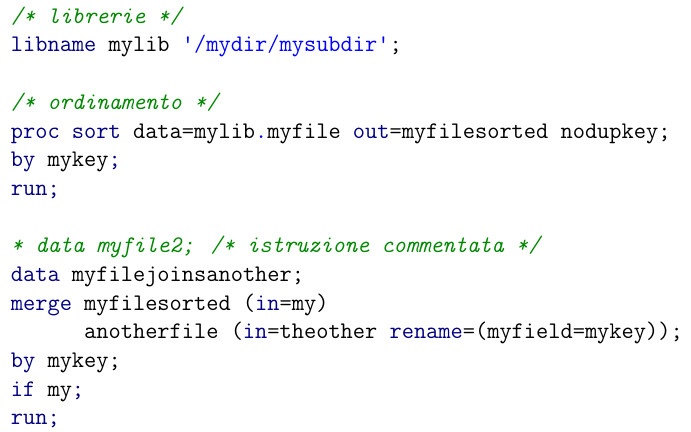SAS
WHAT IS SAS?
- SAS offers powerful data analysis and visualization tools for uncovering patterns, trends, and insights from data.
- It provides advanced analytics and machine learning capabilities for building sophisticated models and making predictions.
- SAS supports comprehensive data integration and management, allowing users to extract, transform, and load data from various sources.
- It offers industry-specific solutions and applications tailored to domains such as finance, healthcare, retail, and government.

USE OF SAS
- SAS is widely used in data analytics and business intelligence to analyze and interpret large datasets, providing valuable insights for decision-making.
- It is commonly used in industries such as finance, healthcare, marketing, and retail for tasks like risk analysis, fraud detection, customer segmentation, and forecasting.
- SAS is utilized in academic and research settings for statistical analysis, experimental design, and data modeling.
- It is used for data integration and data management, allowing organizations to efficiently organize, clean, and transform data from various sources for analysis.
WHAT ARE THE FEATURES OF SAS?
Data Analysis – SAS provides a comprehensive set of statistical procedures and data analysis tools for exploring, summarizing, and visualizing data. It offers a wide range of statistical techniques for descriptive statistics, regression analysis, ANOVA, clustering, and more.
- Data Management – SAS offers robust data management capabilities, allowing users to import, clean, transform, and manipulate data efficiently. It supports various data formats and provides tools for data integration, data quality assessment, and data validation.


Programming Language – SAS has its own programming language that enables users to write scripts and programs for data manipulation, analysis, and reporting. It offers a rich set of functions, control structures, and data handling features for advanced programming tasks.
Reporting and Visualization – SAS provides tools for creating interactive and dynamic reports and visualizations. It offers customizable templates, graphs, and charts to present data in a visually appealing and informative manner. SAS also supports integration with other reporting tools and platforms.
- Scalability and Performance – SAS is designed to handle large datasets and perform complex analytical tasks efficiently. It utilizes parallel processing, in-memory computing, and optimization techniques to deliver fast and scalable performance, making it suitable for big data analytics and enterprise-level applications.
THE BENEFITS OF LEARNING TO CODE WITH SAS
Career Opportunities – SAS is widely used in industries such as finance, healthcare, marketing, and government sectors. Learning SAS programming opens up various career opportunities in data analysis, data management, business intelligence, and more. It is a valuable skill that is in demand by many organizations.
Advanced Data Analysis – SAS provides a powerful and comprehensive set of statistical procedures and tools for data analysis. Learning SAS allows you to perform complex statistical analyses, create predictive models, and derive meaningful insights from data. It equips you with the skills to conduct advanced data analysis and make data-driven decisions.
Efficient Data Management – SAS offers robust data management capabilities, allowing you to handle large datasets, clean and transform data, and perform data integration tasks. Learning SAS enables you to efficiently manage and manipulate data, ensuring data quality and accuracy for analysis purposes.
Enhanced Productivity – SAS provides a structured and efficient programming environment that helps streamline data analysis workflows. Learning SAS programming enables you to automate repetitive tasks, create reusable code, and build efficient data processing pipelines. This leads to increased productivity and time savings in data analysis projects.
